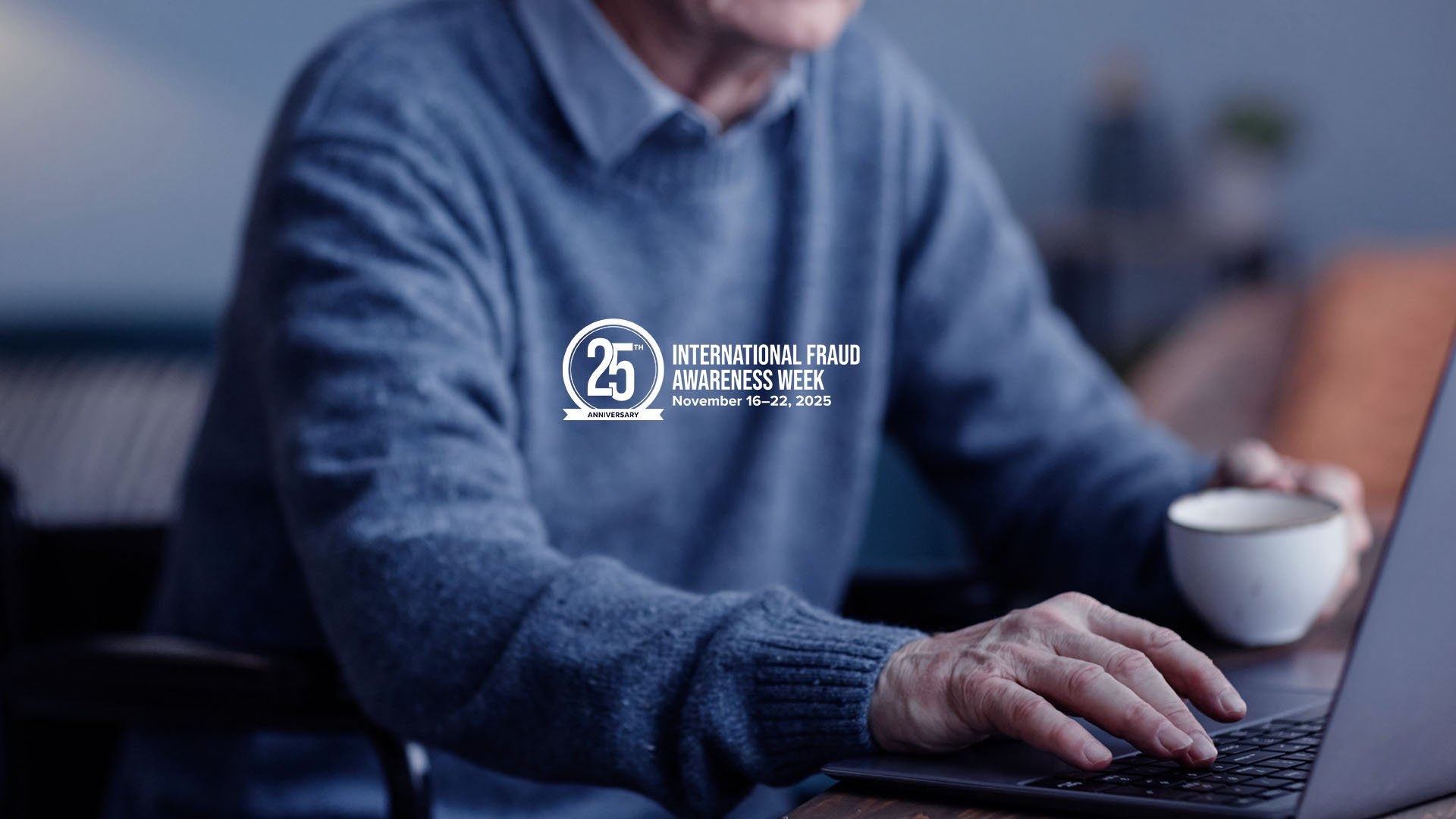You've built a career on securing networks, defending against APTs, and patching vulnerabilities. You've seen it all, from sophisticated malware to zero-day exploits. Yet, when you get a call from a family member, the threat landscape shifts entirely. Suddenly, you're on the front line of a very different kind of cybersecurity crisis: explaining phishing scams, password managers, and why "your account will be deleted!" is a classic red flag.
The frustration is real. Cybersecurity professionals often become the unofficial "IT support" for aging loved ones, a role that can feel both endless and overwhelming. But what if you could equip them with the tools to defend themselves?
The National Cybersecurity Alliance (NCA) has launched a new campaign with a resource designed to do just that: the "Then & Now" Stay Safe Online Workbook. While its primary audience is older adults, this guide is the perfect resource for you to share with your family members to empower them and reduce your personal "help desk" hours.
The workbook takes a refreshingly clear and non-technical approach. It avoids "confusing tech talk" and "scare tactics," opting instead for "straightforward advice" and simple activities. The central theme, "Then & Now," uses relatable, real-world analogies to bridge the gap between past and present threats. For example, it compares locking your front door and using a deadbolt to enabling multi-factor authentication (MFA). It even uses a nostalgic image of a local scammer in town to illustrate how today's cybercriminals operate via email, text, and phone.
The guide is intentionally designed for self-guided learning. It's a workbook that users can go through "at your own pace, skip around, or come back to any section as many times as you like." This format is meant to build confidence and independence in users, helping them understand that "you don't need to be a computer whiz to be safe online."
The workbook breaks down essential personal cybersecurity topics into easily digestible sections, including:
-
Phishing and scams: It explains the mechanics of phishing, smishing, and vishing, and provides concrete examples of red flags like "urgent or threatening language" and requests for personal information. From the workbook: "Scammers will try to contact you through email, text, and phone and trick you into handing over money or information."
-
Strong passwords: It provides a clear, three-rule framework for creating passwords that are long, unique, and complex. It also introduces the concept of passkeys as a secure, passwordless alternative. From the workbook: "We get asked about passwords more than any other topic. The reason is that passwords are the keys to your digital life!"
-
Password managers: It makes the case for using a password manager, calling it the "best way to keep your passwords safe" and addressing common concerns about security and implementation. From the workbook: "Ask a friend, Google, or look at the NCA’s resources to research password managers. There are many free, high-quality password managers." (vs. that old notebook with all passwords written down by hand)
-
MFA: It demystifies multi-factor authentication by framing it as a simple second lock on an account. It clarifies how to enable it and explains its importance for protecting sensitive information. From the workbook: "When you leave town, you lock your front door and the deadbolt, too. That’s what Multi-Factor Authentication (MFA) does for your online accounts."
-
Software updates: The workbook compares software updates to regular car maintenance, explaining that they are essential for keeping devices "safe and running smoothly." From the workbook: Software..."updates help keep you secure—software is like a garden."
More from the workbook: "The FBI reports that Americans over the age of 60 are the most frequently targeted group... and they lose the most money. In just one year, nearly $5 billion was reported lost to online scams. And experts agree that the real number is likely even higher due to underreporting."
This resource is a valuable tool for anyone, but it's especially powerful for a cybersecurity professional to share with their non-technical family members. It's an opportunity to turn a stressful "IT support" session into a collaborative learning experience. The guide encourages users to "work through this with a family member or caregiver" and "learn together and help each other stay safe."
Download the NCA "Then & Now" Stay Safe Online Workbook and share it with your family. It's not just a resource for them—it's a path to less-stressed weekends for you.

.jpg)


